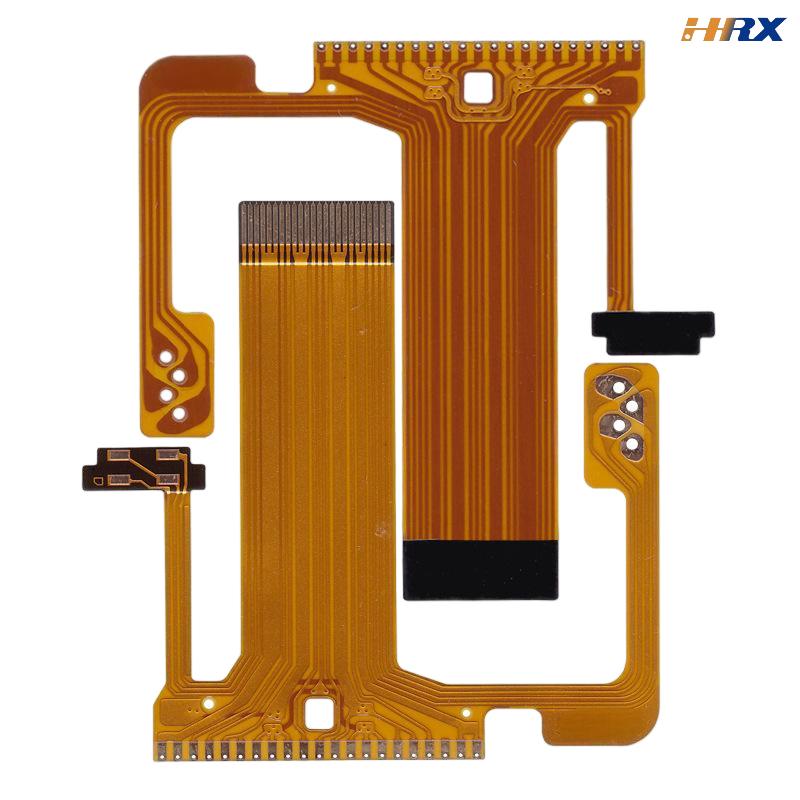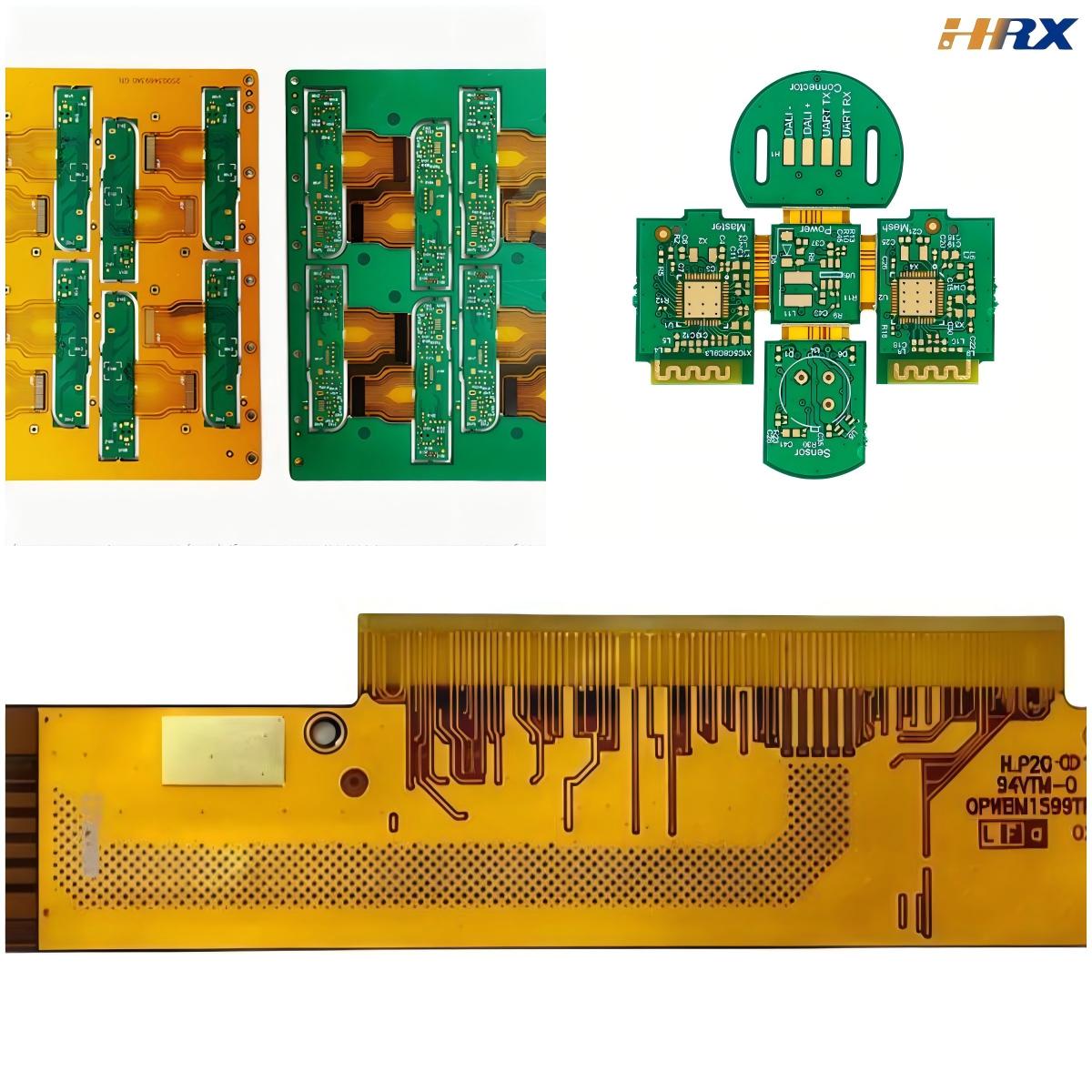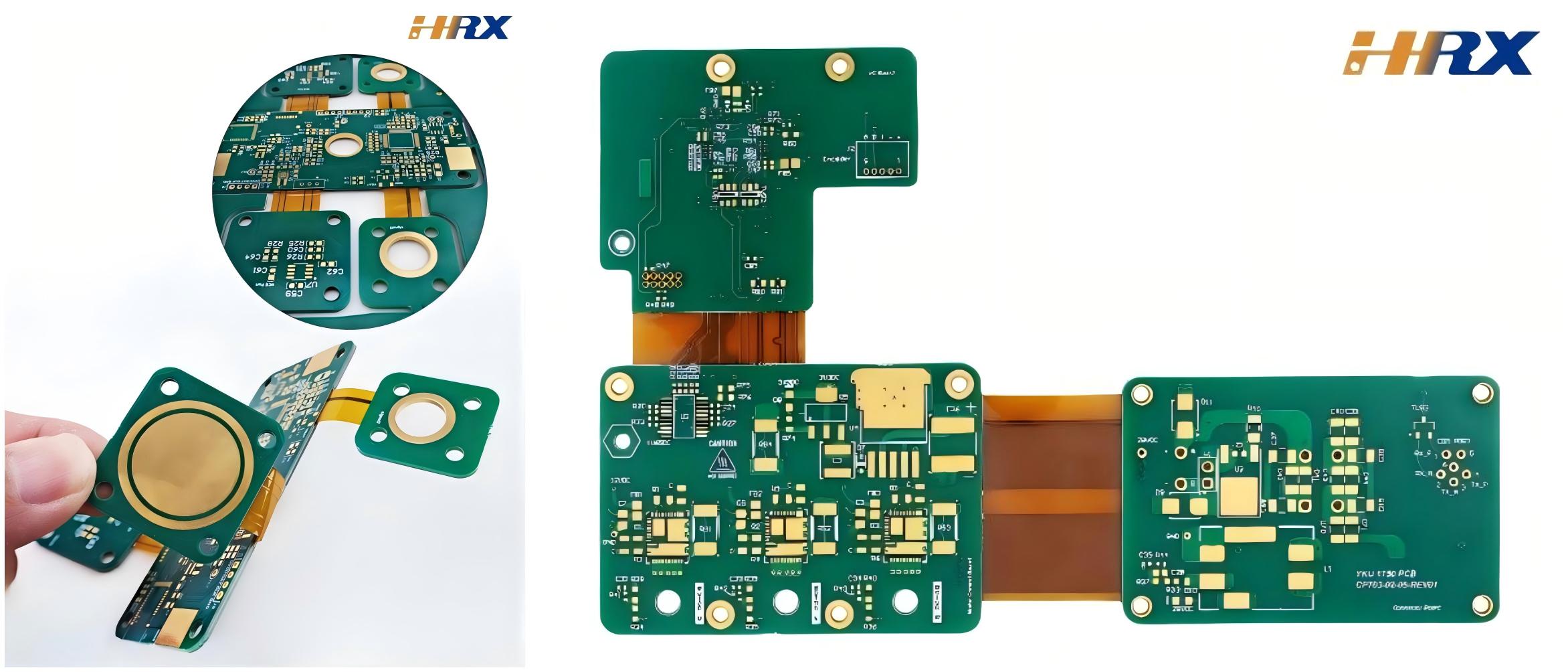Search
The Evolution of Flexible Printed Circuits (FPC): Technological Milestones and Industry Leadership
- Jul 14,2025
-
Share
In the intricate ecosystem of modern electronics, Flexible Printed Circuits (FPC) serve as the backbone of device miniaturization and flexibility, enabling the sleek designs and multi-functional capabilities of today’s smart devices. From rigid circuit board limitations to the era of foldable displays and IoT wearables, FPC has undergone transformative advancements. This blog explores FPC’s historical journey, key technological breakthroughs, and highlights how industry leaders like Shenzhen Huaruixin Electronics Co., Ltd. drive innovation.

A Historical Timeline of FPC Development
The evolution of FPC is a story of solving engineering challenges through material science and manufacturing precision.
Pioneering Era (1950s-1970s): The concept emerged in the 1950s, with early prototypes using cellulose acetate substrates and thin copper foil. Primarily adopted in aerospace and military applications, these early FPCs focused on weight reduction and reliability in extreme conditions. However, limited flexible copper clad laminate (FCCL) performance and high production costs restricted mass adoption.
Commercialization Phase (1980s-1990s): The rise of portable electronics (camcorders, early mobile phones) accelerated FPC development. DuPont’s breakthrough in polyimide (PI) film technology revolutionized the industry—PI’s high thermal resistance (up to 260°C) and mechanical ductility made it the standard substrate. This era saw the commercialization of adhesive-based FCCL, laying the groundwork for FPC integration into consumer electronics.
21st Century Expansion: The 2000s marked exponential growth, driven by smartphone and wearable demand. Key milestones included the shift to adhesive-free FCCL for improved flexibility, the development of multi-layer FPC with 4-12 layers, and the rise of rigid-flex PCBs—hybrid designs combining rigid sections (for component mounting) and flexible segments (for dynamic movement). Today, FPC is ubiquitous in automotive infotainment, medical devices (e.g., pacemaker leads), and 5G communication modules.
Key Technological Transformations in FPC
FPC’s advancement is defined by four critical technological leaps, each expanding its application scope:
1. Material Innovation: From Basic Substrates to High-Performance Composites
Early FPC relied on cellulose and low-grade polymers. Modern FPC uses:
Polyimide (PI): Offers exceptional dielectric stability (Dk ~3.0-3.5) and dynamic flex life (over 100,000 cycles), ideal for foldable devices.
Polyethylene Terephthalate (PET): Cost-effective for low-temperature applications with moderate static flex requirements.
Liquid Crystal Polymer (LCP): Enables high-frequency FPC (up to 100GHz) with low dissipation factor (Df <0.002), critical for 5G mmWave antennas.
Enhanced Flexible Copper Clad Laminate (FCCL): Adhesive-free FCCL reduces Z-axis expansion, improving reliability in thermal cycling environments.
2. Manufacturing Process: Precision Automation & Quality Control
The shift from manual assembly to automated precision has redefined FPC production:
Laser Direct Imaging (LDI): Achieves trace width/spacing as tight as 25μm/25μm, enabling high-density interconnects (HDI) in FPC.
Automated Optical Inspection (AOI): Detects solder mask defects and copper trace anomalies, ensuring IPC-A-600 standards compliance.
Laser Cutting & Routing: Delivers burr-free edges for coverlay alignment, critical for flexible circuit durability.
Electroless Nickel Immersion Gold (ENIG): Enhances pad conductivity and solderability, vital for surface-mount technology (SMT) integration.
3. Multi-Layer & Rigid-Flex Integration: Maximizing Functionality in Compact Spaces
Multi-layer FPC: Uses via holes (microvias, blind vias) to connect layers, reducing footprint by 40-60% compared to single-layer designs. This enables complex wiring in smartwatches and drone controllers.
Rigid-Flex PCBs: Combine FPC with FR-4 stiffeners in critical areas (e.g., connector mounting), balancing flexibility (in hinge zones) and structural stability (for IC placement). This innovation is game-changing for foldable smartphones (e.g., hinge PCBs with 200,000+ flex cycles).
4. Performance Enhancement: Reliability in Extreme Environments
Modern FPC excels in harsh conditions through:
Moisture barrier coatings: Prevent dielectric breakdown in high-humidity environments (e.g., automotive underhood systems).
Corrosion-resistant finishes: Tin-nickel plating protects copper traces from chemical exposure in industrial sensors.
Vibration-dampening designs: Reinforced flexible hinges with strain relief patterns ensure reliability in aerospace avionics.
High-temperature tolerance: PI-based FPC operates reliably at -55°C to +125°C, meeting automotive-grade AEC-Q200 standards.
Shenzhen Huaruixin Electronics Co., Ltd.: Leading FPC Innovation
In the competitive FPC landscape, Shenzhen Huaruixin Electronics Co., Ltd. stands out as a premier ODM/OEM manufacturer, specializing in FPC, PCB, and rigid-flex solutions. With a focus on precision and customization, Huaruixin integrates cutting-edge technologies to deliver high-performance circuits.
Huaruixin’s strengths lie in:
Advanced Engineering Team: Experts in custom FPC design, optimizing trace routing and layer stack-up for specific applications (e.g., 5G modules, medical probes).
State-of-the-Art Facilities: Equipped with LDI systems, automated lamination lines, and X-ray inspection for microvia quality, ensuring 0.1mm pitch accuracy.
Comprehensive Capabilities: From prototyping (1-100pcs) to mass production (100k+ pcs/month), supporting high-frequency FPC, flex-to-install (FTI) designs, and low-profile FPC for ultra-thin devices.
Partner with Huaruixin for Your FPC Projects
Whether you need high-reliability FPC for automotive applications, high-frequency rigid-flex PCBs for 5G devices, or custom prototypes, Shenzhen Huaruixin Electronics Co., Ltd. delivers tailored solutions.
For industry insights, technical specifications, or project consultations:
Visit our website: www.hrxfpc.com
Email our team: sales@hrxfpc.com
Let’s collaborate to push the boundaries of FPC technology—together.

Let’s talk! We’ll provide the perfect solution for you!
-
 Huaruixin Electronics mainly produces printed circuit boards as the core business, to provide customers with one-stop solutions for FPC/PCB production, components sourcing and Assembly.
Huaruixin Electronics mainly produces printed circuit boards as the core business, to provide customers with one-stop solutions for FPC/PCB production, components sourcing and Assembly. - WHAT WE DO — PCB Design Solutions — Flex PCB Production — Components Sourcing — FPC&PCB Assembly
- PRODUCTS — Single Sided Flexible Circuits — Double Sided Flexible Circuits — Multilayer Flexible Cirucits — Rigid-Flex Circuits — FPC Assembly — PCB Assembly
- CAPABILITY — FPC Capability — Rigid-Flex Capability — PCB Capability — Assembly Capability
- Copyright © 2024 Shenzhen Huaruixin Electronics Co., Ltd. All Rights Reserved.
- Design By BONTOP


